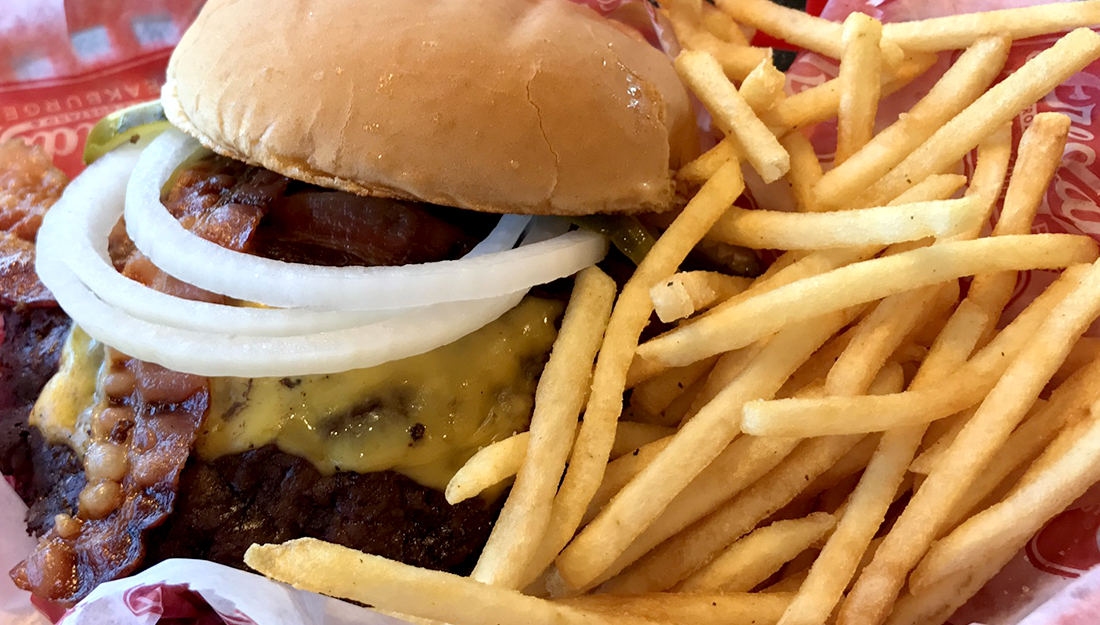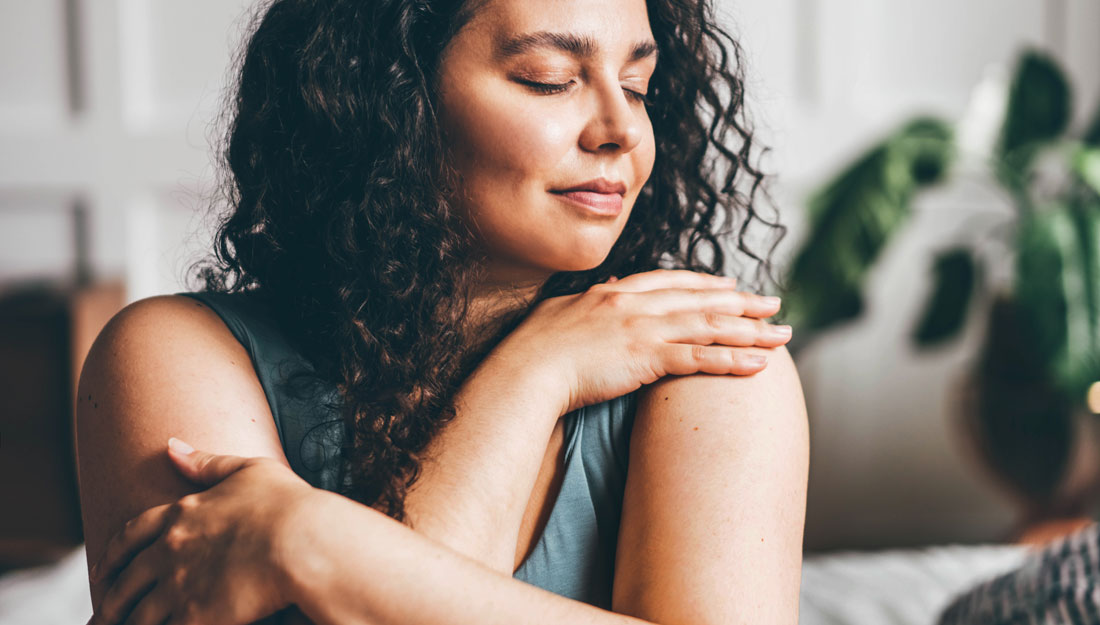- Dominic Hernandez
- Healthy Living, Nursing, Show on VR homepage, Trending
Gallbladder 101
Your gallbladder does a lot of good, but a bad diet put its health at risk

What is your favorite greasy food? One that you know you shouldn’t eat, but indulge in anyway? Whether it’s beer-battered fish tacos or grandma’s signature meatloaf (with bacon), the foods that end up disagreeing with you are usually fat-filled—and can be a real pain in the gut.
However, it’s not just your stomach working overtime: Your gallbladder is part of your digestive system and is working harder than you may think. An expert from the Texas A&M College of Nursing talks about why it’s important to pay extra attention to what your gallbladder is trying to tell you.
What does a healthy gallbladder do?
The first question many people will ask about their gallbladder is, “What does my gallbladder do?” Similar to a car’s transmission fluid or a cat’s litter box, most people are only aware of their gallbladder when it starts to become a problem.
“A healthy gallbladder’s main function is to store bile,” said Matt Hoffman, FNP, clinical assistant professor at the Texas A&M College of Nursing. “It’s located right next to the liver, which creates bile, and the gallbladder sends the bile to the small intestine. Bile helps break down fat from food in your intestines and allows vitamins and nutrients to be more easily absorbed into the bloodstream.”
If things are running smoothly, you won’t notice your gallbladder at all, but when your gallbladder starts having complications, there are some tell-tale signs.
Gallbladder inflammation and gallstones
Your gallbladder, like any other organ, is susceptible to illness, and while it is located in the abdominal area, it won’t always seem that way from the pain it can cause in your body. The most common gallbladder ailment is called cholecystitis, or simply, gallbladder inflammation, and it can cause a worrisome pain.
“Sometimes with gallbladder inflammation, your pain can radiate in the shoulder,” Hoffman said. “People will have pain right above the stomach and may think they’re having a heart attack. The difference is that gallbladders don’t cause the pressure we typically associate with heart attack.”
Risk factors include an unbalanced, fat-rich diet and a history of gallbladder inflammation and ailments. The first sign of gallbladder inflammation is usually a sudden onset of pain in the upper right quadrant of the abdomen, but other symptoms can include nausea and vomiting, a mild fever and malaise.
“Patients will experience the pain after a high-fat meal,” Hoffman said. “Also, if you’ve ever had gallbladder ailments, you’re more likely to increase the chances of having similar or more severe ailments, like gallbladder cancer, in the future.”
Like a runny nose, gallbladder inflammation can be a day-to-day thing, but another more serious cause of inflammation is a condition called cholelithiasis, or gallstones—a condition where cholesterol deposits are left undissolved in the gallbladder.
Gallstones can happen to anybody, but people who are overweight, have high cholesterol or have experienced rapid weight loss have an increased risk of having gallstones. Also, women also at a higher risk because gallstones are linked to estrogen.
Gallstones are often benign and don’t cause any problems and are discovered when a health care provider is treating a different condition. However, if a provider suspects gallstones, they may test a patient’s cholesterol, run other blood tests or do an ultrasound scan to get a better picture of what is happening in the abdomen.
Treating your gallbladder ailments
Similar to having both kidneys or an appendix, your gallbladder isn’t a vital organ, and in some cases removing the gallbladder is the best course of treatment. Whether it’s because of gallstones or just chronic inflammation, a cholecystectomy—or gallbladder removal—may be the best course of action.
“The liver can compensate for the gallbladder and emulsify fat if the gallbladder needs to be removed,” Hoffman said. “Gallstones can get lodged in the pathway where the bile is trying to travel through, and that can led to more serious problems with other organs, such as the liver or intestines.”
Keeping a healthy gallbladder
When it comes to keeping your gallbladder in tip-top shape, it starts with your diet and becoming more mindful about the amount of fat is in your meals—especially if you have other risk factors, such as high cholesterol, or are overweight.
“It’s very important to know your food sources and your good fats from bad fats, because too much of a fatty food can cause irritation and a flare up of problems,” Hoffman said. “The best way to avoid gallbladder problems is to be self-aware of the foods that can be problematic.”
Hoffman also recommended talking about your family history of gallstones or high cholesterol with your health care provider, as they can help keep your gallbladder—and the rest of your digestive system—running smoothly.
Media contact: media@tamu.edu


